All the features of planting anemone and caring for them
Some types of these beautiful flowers can be called capricious, while others, on the contrary, are quite unpretentious - and all these are anemones. Planting and caring for them in any case will bring you many pleasant minutes. And as for care, efforts must always be made: the cultivation of each of the ornamental plants requires patience and hard work.
How to describe anemones
The varietal diversity of anemone is striking in its multiplicity and dissimilarity. Here you will find tall, stately beauties from half to one meter high (Lesnaya, Crowned, Japanese anemones), and her small modest relatives from 10 cm to 30 cm (Tender, Dubravnaya, Lyutichnaya).
Flowers can be of almost any color: blue, red, yellow, white, pink, purple, lilac. The size of the flower ranges from very small (2 cm) to large (8 cm). The number of petals and their shape are also different: these are five-pointed stars and pointed daisies. The large inflorescences of large individuals are very similar to poppy flowers.
Difference anemone
The different cultivation is primarily due to the different structure. So, there are species with a common rhizome and specimens that have tubers.
The following types of flowers can also be distinguished into groups (depending on the period of inflorescence formation): spring anemones and summer-autumn.
Different species relate to light in different ways: there are shade-loving and light-loving ones, and there are those that are suitable for partial shade. Planting anemones should take these features into account.
Growing some requires alkaline soils, others will be comfortable on neutral or slightly acidic soil.
Let's talk in more detail about the distinctive features of growing anemones belonging to different varietal groups.
Breeding methods for anemone
Flowers can be propagated as follows:
- With the help of seeds.
- Using tubers.
- Rhizome.
Let's consider each of the ways.
Propagated by seeds
Seed propagation is difficult and requires patience and is not popular. Why? Not all planted seeds will sprout (only one third). In addition, you will only wait for flowering when the cultivation will be carried out for two or three years. At the same time, caring for anemones will require considerable.
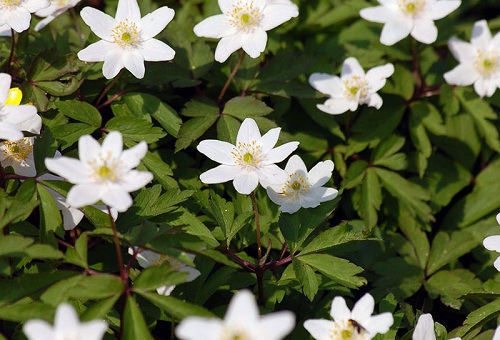
Only freshly harvested material is suitable for sowing.
Advice! If you are growing anemone from seeds, it is recommended to carry out the stratification procedure, and repeatedly, to increase their germination. This is an imitation of the natural conditions in which the plant grows. The seeds are exposed to the cold and, as a result, gain endurance and resistance to diseases and adverse external influences. The creation of a moist cold environment provokes softening and swelling of seeds, saturating them with useful substances, which they will give to the shoots.
The stratification is carried out as follows. The seeds are removed from the ground, moistened by wrapping them in a wet napkin. Then placed in the refrigerator for several days. After that, they are buried in the ground, which is again placed in the cold for a long time (several months).
To obtain seedlings in early spring, the seeds are sown in the fall. If sown in spring, you will wait for the shoots in a month (in this case, you cannot do without stratification).
For propagation by the seed method, it is better to take varieties of anemones Lyutichnaya, Lesnaya, Tender, Koronchatoy, Dubravnaya.
It is necessary to sow at a shallow depth, then weak sprouts will quickly break through to the top.
The right soil is the key to success. It should be loose, airy, breathable.
Sprouted anemones are planted in boxes to receive seedlings.
Propagated by tubers
The cultivation is as follows:
- When the anemone has faded, it is dug up, and the tubers are divided (cut off pieces with buds). Then the parts obtained by dividing are planted in the ground.
- The tubers must be allowed to soak in moisture and swell before planting. To do this, they are wrapped in damp gauze and left in it for up to six hours. You can add substances that stimulate root growth to the gauze wetting solution.
- A shallow box is filled with sand and peat. Swollen tubers are laid out in wet soil.
- Cover the box with plastic wrap and refrigerate. Maintain high soil moisture.
- Once the tubers have sprouted, they can be transplanted into separate pots or grown outdoors.
Advice! When you transplant tubers, bury them so that the sprout is at the top. The planting depth should be twice that of the tubers themselves.
We carry out reproduction by rhizome
This is the easiest way for novice florists. The procedure is carried out at the beginning of spring or at the end of summer: during these periods, the metabolism slows down, and the separated root gets more chances for survival.
What need to do?
- Dig up the anemone and clean it. We cut off the dead parts of the root, leaving the young ones.
- We cut off young roots and carry out disinfection, for this you can take a fungicide.
- You can plant the roots after a few days.
- We leave two sprouted leaves above the soil surface, remove the rest.
- It is necessary to water the planted roots rarely (for three months, once) after the formation of the first shoots.
- It will take one year of root cultivation and you will have an adult anemone.
We land
When choosing a place where our anemones will be grown in the open field, one must take into account the characteristics of the varieties selected for breeding.
The shade will be to the taste of individuals of such varieties: Oak, Amur, Buttercup, Flexible, Smooth, Shadow anemones. They can be safely planted from the north side of the garden. It will be cozy for such anemones under a tree that gives a lot of shade.
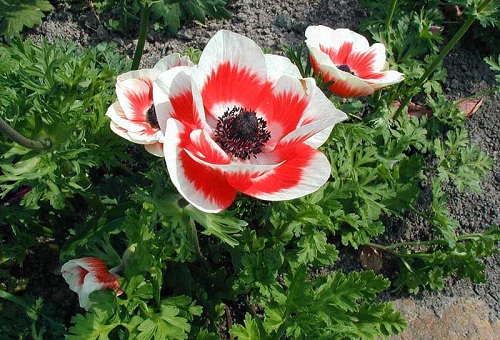
Sun lovers are Caucasian, Gentle, Crowned anemone. They will be more comfortable in the open sun, in the southern part of the garden. Such varieties do not need abundant watering, since they are considered to be resistant to arid conditions.
There are flowers that are preferable to plant in partial shade. These include the anemone Forest, Canadian, and also Vilchataya. It will be good for them in the eastern part of the garden plot.
What soil is needed
Each variety has its own preference:
- A general rule for everyone: the soil should be porous, moisture and air permeable. To create such a soil, you can take sand, small stones, broken brick and mix it all with peat.
- For the Caucasian anemones, as well as Crowned or Apennine, soil with an alkaline composition is suitable.
- Forest anemone can be planted even on poor soils, such as sandy ones.
- Most varieties prefer slightly acidic soils. Planting in open ground with a neutral composition is possible.
- Those varietal crops that have tubers instead of roots are recommended to be grown in soil where the acidity level reaches no more than eight.
- To reduce the acidity of the soil, it is subjected to liming. It will be good for flowers if ash is added to such soil.

Advice! The anemone has powerful branching roots. Plants growing nearby should not take up a large portion of moisture and nutrients. This will be an obstacle to the normal growth and development of the anemone.
How to transplant
The anemone does not like to be disturbed, especially if it has been growing in one place for a long time. The hardest to endure such a procedure is the Hybrid anemone.
Those crops that fade early can be transplanted in the summer.Usually at this time there are already regeneration buds on the roots, so they can be easily divided for transplantation.
Varieties that are propagated by root division should be replanted in late winter or early autumn. For example, such as: Hybrid, Forest, Forked anemones.
When replanting with roots, the plants do not need to be watered for a long time.
The soil should be loose and fertile.
Taking care of flowers
Here are some basic rules of care:
- Watered regularly, without over-wetting. If there is no heat, then you can limit yourself to once a week. In a hot season, it is necessary to increase watering up to two times a day. Flowers need good drainage.
- After planting the plants, the planting site can be mulch (a layer of peat or leaves).
- Varieties with tubers are dug out after flowering and stored in the cold. With the arrival of autumn, they must be planted in the ground.
- Root varieties do not need to be moved from place to place. This is especially important for adults.
- Anemone feeds when they bloom. Mixtures of a complex of minerals work well. The flowers will favorably accept liquid organic fertilizing (except for fresh manure).
- Weeds must be weeded and loosening must be carried out. This is done with care, by hand, without damaging the fragile roots.
- The anemone practically does not get sick. Of the pests, they can be especially bothered by snails or slugs... Having found them, you need to collect them by hand. After that, spray the flowers with metaldehyde. If the leaves are covered with yellow spots, this is a sign of a leaf nematode (a type of parasitic worm that feeds on roots). You can try to fight the nematode phosphamide. But most often in this case, diseased individuals are destroyed, and the land where they grew is completely renewed.
How anemones winter
The tubers are dug up, cleaned and dried. Then they are stored in a basement or cellar, buried in sandy or peat soil.
Rhizomes can also be dug up and then stored in a well-ventilated area.
Sometimes flowers are left to winter in the ground. In this case, they are protected from frost by leaves, spruce paws or hay.
If you decide to have one or more varieties of anemones, you will have a lot of freedom of choice. From the abundance and variety of varieties and species, everyone will find something to their liking. Not all types of anemone lend themselves well to breeding, many are very capricious. But after spending a lot of effort, you will be rewarded with the result achieved.
Exquisite bouquets and boutonnieres are made from anemones; they can be used to decorate any celebration. The large flower of the Koronaria anemone is especially beautiful. The beautiful De Caen has very high stems. And Lesnaya is loved by beginners for its unpretentious nature and long flowering. Oak anemone is also not demanding to care for and can easily do without light. Small flowers of the Tender Anemone will delight you with their flowering earlier than other species.
It is impossible to list and describe all types, each flower is beautiful in its own way. Try to grow such beauty on your site - and you will not regret it.
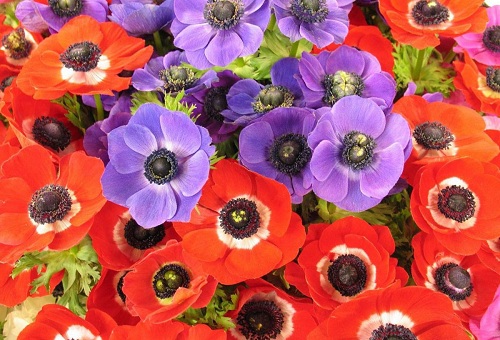
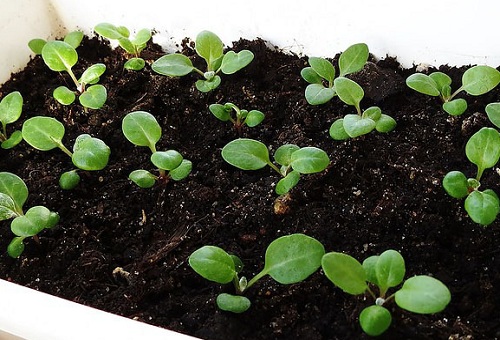


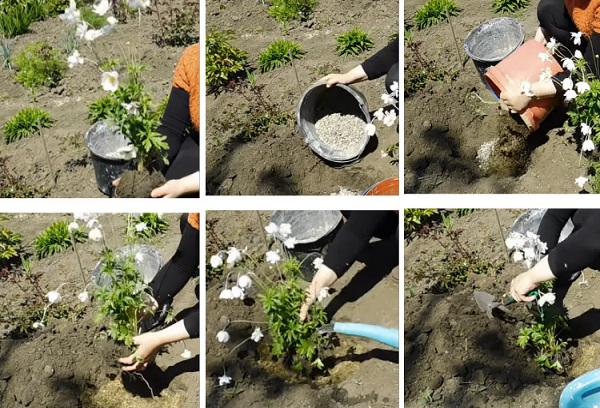
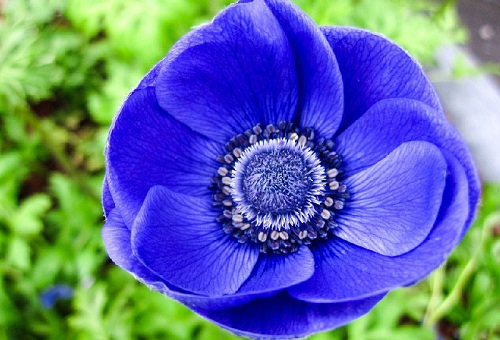
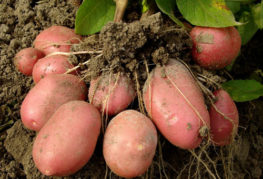
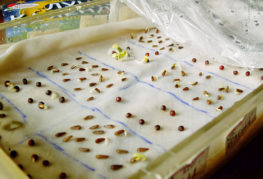
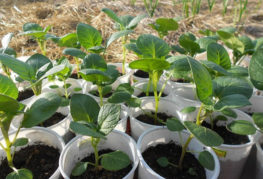
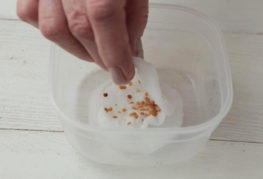
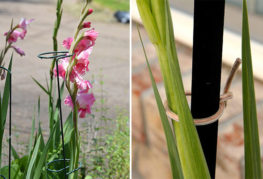
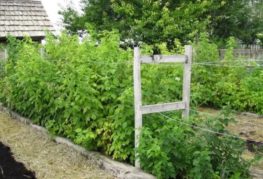
thank